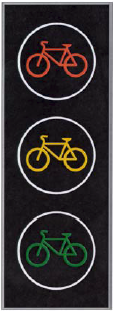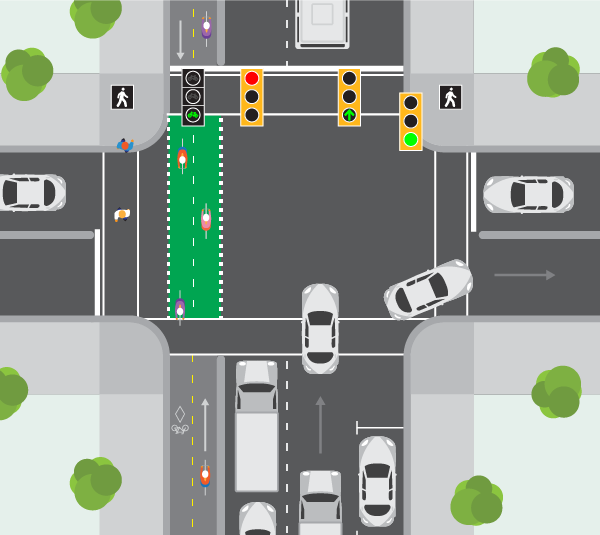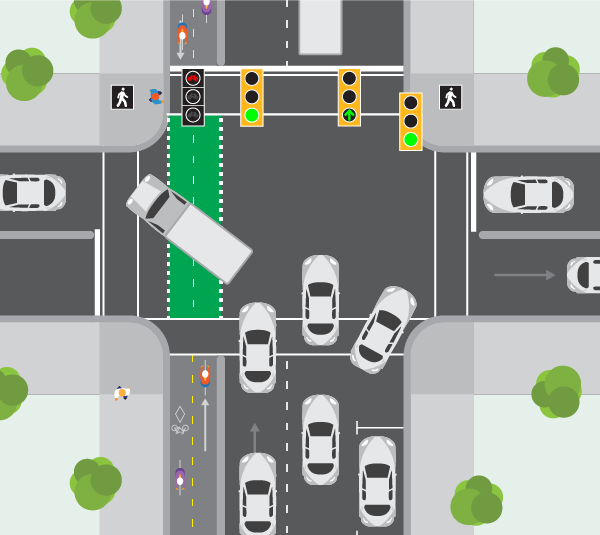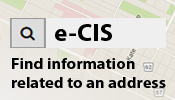Pedestrian Signals
Pedestrian signals work in harmony with traffic signals at intersections to provide pedestrians with safe opportunities to cross the street.
If an intersection has a pedestrian pushbutton, using it will ensure a full Walk and Flashing Don't Walk interval during a light cycle. Intersections without pushbuttons automatically display a full pedestrian signal each light cycle.
All of our pedestrian signals contain three key intervals: the walk interval indicates it is safe to start crossing; the flashing don't walk interval indicates those already in the roadway should continue crossing but not to attempt to cross if not already in the intersection; and, the solid don’t walk interval indicates it is not safe to cross. The duration of each cycle is calculated based on the curb-to-curb crossing distance.
As of early 2021, all signalized crossings in Winnipeg now also include pedestrian countdown signals, which provide the time remaining in a crossing cycle and contribute to increased pedestrian safety.
Learn more about additional pedestrian signal features and the process involved in designating a controlled pedestrian crossing by selecting one of the options below:
Audible signals
Pedestrian and cycling signals
Designating a pedestrian crossing
Audible signals
An Accessible Pedestrian Signal (APS) is a device that communicates information about pedestrian timing at signalized intersections through the use of non-visual, audible tones. By installing APS at all signalized intersections, we hope to improve accessibility for all pedestrians, including those with visual impairments.
How they work
Pedestrians will hear one of four typical audible tones, depending on the signalized intersection.
- "Coo Coo" – heard when the "WALK light is on, typically for North-South pedestrian crossing directions
- "Chirp Chirp" – heard when the "WALK" light is on, typically for East-West pedestrian crossing directions
- "Tick Tick" - this the pushbutton locator tone that provides an audible sign that a pushbutton is required to request the "WALK" signal
- "Tock" - this is the confirmation that the pushbutton has been activated, and that a request for the "WALK" signal has been made
If an intersection does not have a pushbutton, audible signals will be automatically activated with the corresponding lighted pedestrian signals.
If you come across a signalized intersection where you cannot hear the audible tones, or the tones are too loud, please contact 311.
Pedestrian and cycling signals

Bicycle Signals
Bicycle signals are fairly recent additions in Winnipeg and are used at specific locations when bicycle paths intersect with high-volume roads. Because bicycles require a longer crossing time than vehicles but a shorter time than pedestrians, bike signals provide sufficient time for cyclists to safely cross an intersection. A bicycle signal head is similar to signal indications for vehicles, with green, amber and red phases. Examples of intersections with bicycle signals are Osborne Street N. and Granite Way, and Archibald Street and Mission Street.
Green Bicycle – begin crossing the intersection if safe to do so.
Amber Bicycle – stop before the intersection if possible. If already in the intersection, continue crossing.
Red Bicycle – do not enter the intersection. This clearance phase allows cyclists who began crossing at the end of the green interval to clear the intersection.
Bicycle pushbutton
Certain routes have dedicated bike lanes. Some intersections can pick cyclists up using vehicular detection so not every intersection needs to be equipped with a push button. Certain locations need a pushbutton to ensure cyclists get service. These buttons are mounted on a pole approximately 4ft high parallel to the direction of travel.
Pedestrian and cycling priority signal
The City recently installed a number of bicycle and pedestrian priority signals along the newly-opened Garry Street bi-directional bike lane. This signal type is new for Winnipeggers and helps mitigate collision risks when cars want to turn left across a through-traffic bike lane.
It is important for drivers along this corridor to know that there are four separate controls at this type of intersection: pedestrian; cyclist; left-turning vehicles; through traffic. Vehicles cannot turn left unless their dedicated signal is green.
Image 1 (below) shows this type of intersection when the left-turn light is red. All traffic is moving except the left-turning cars.

Image 2 (below) shows the traffic movement when left turns are permitted. Cyclist movements are stopped. PLEASE NOTE: Pedestrians will continue to be permitted to cross and have the right of way. Cars must be mindful of pedestrians, and yield to them (as in any other intersection).


